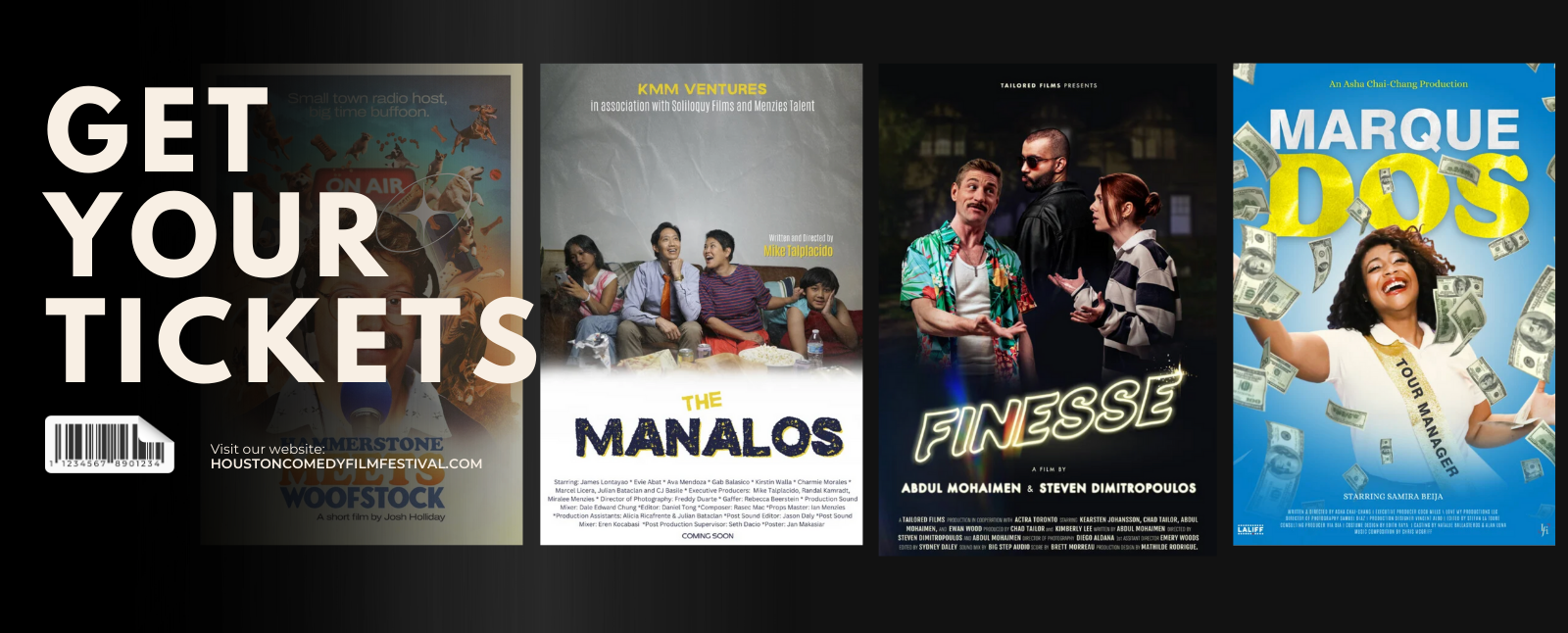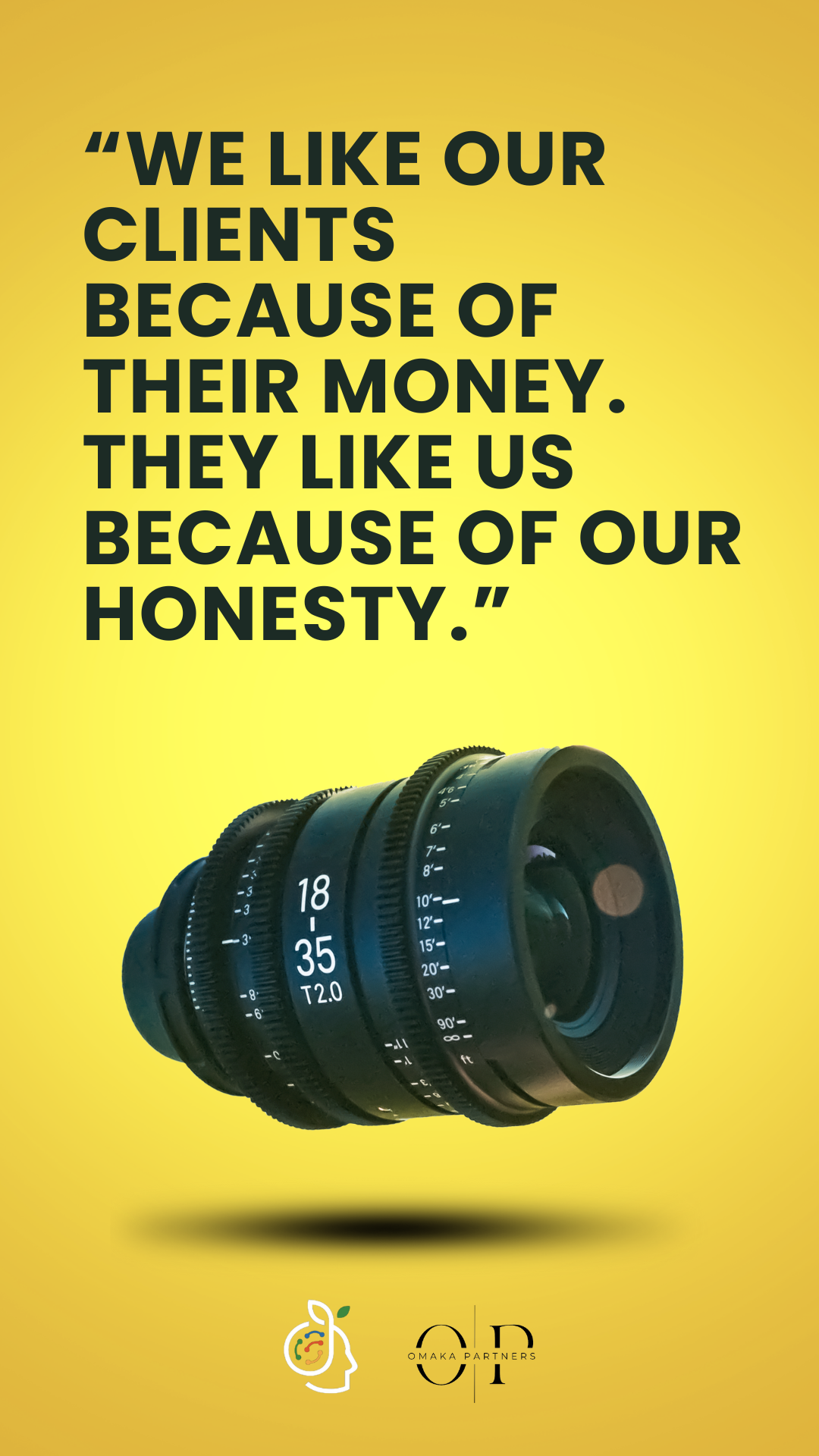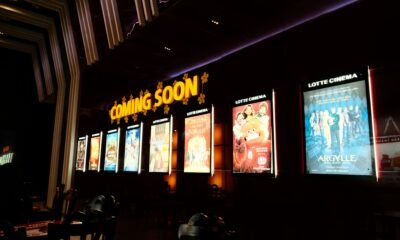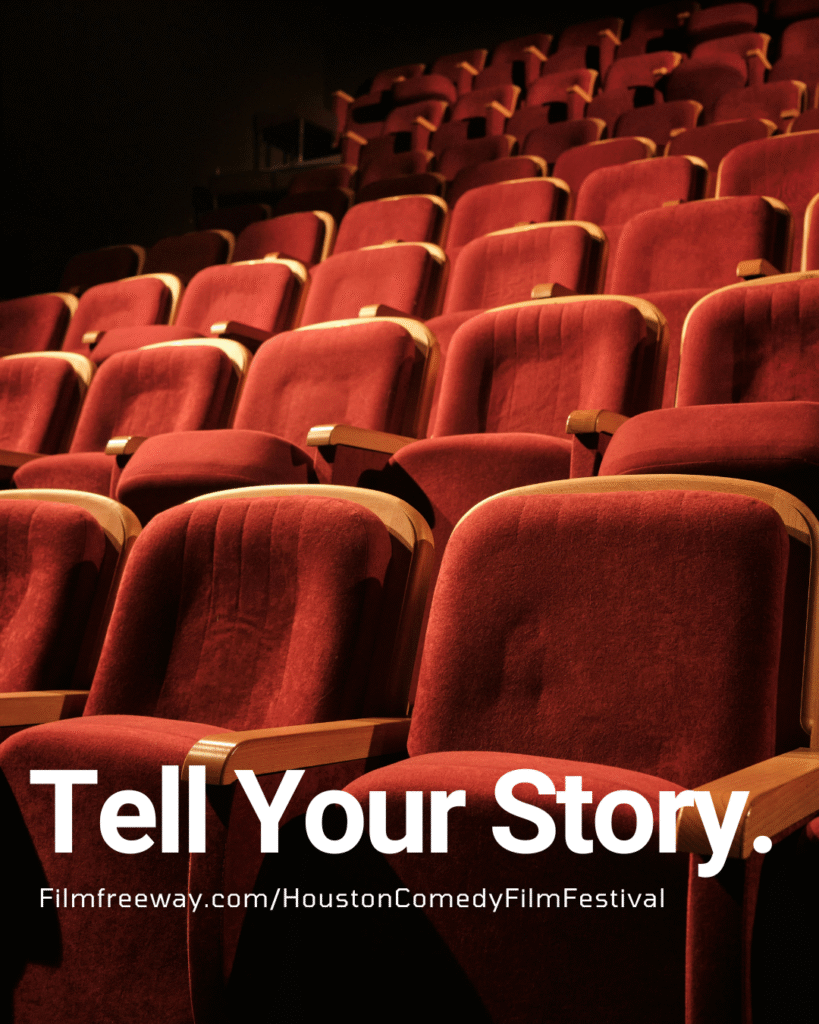Advice
The Power of Misdirection in Storytelling
In the world of storytelling, few techniques captivate and challenge audiences like non-linear storytelling and unreliable narrators. These creative approaches not only keep viewers on their toes but also elevate the entire viewing experience, turning what could be a passive narrative into a gripping puzzle that demands attention and sparks endless debate.
The Puzzle of Non-Linear Narratives
Non-linear storytelling takes the traditional narrative structure and tosses it out the window, presenting events out of sequence. This forces the audience to piece together the true timeline of events, making the story itself a puzzle to be solved. By jumping between past, present, and future, or introducing parallel timelines, filmmakers transform viewers into detectives, always hunting for clues and connections.
This approach can intensify emotional impact, like when a scene that initially seems innocent takes on a whole new meaning when viewed later in context. By revealing information in unexpected ways, non-linear storytelling keeps the audience guessing, heightens dramatic tension, and encourages viewers to pay closer attention to every detail.
The Unreliable Narrator’s Web
The unreliable narrator is another powerful tool in the storyteller’s kit. When the audience realizes that the narrator may not be telling the truth—or is perceiving events through a distorted lens—every word and image becomes suspect. This method can throw everything the viewer thought they knew into doubt, creating an atmosphere of uncertainty and mistrust that keeps them glued to the screen.
The unreliable narrator might be hiding their true motives, suffering from a warped reality, or intentionally misleading the audience. Whether it’s a slow unraveling of their deception or a shocking twist that redefines the entire plot, this technique adds layers of complexity, making viewers question not just the characters, but the very nature of the story itself.
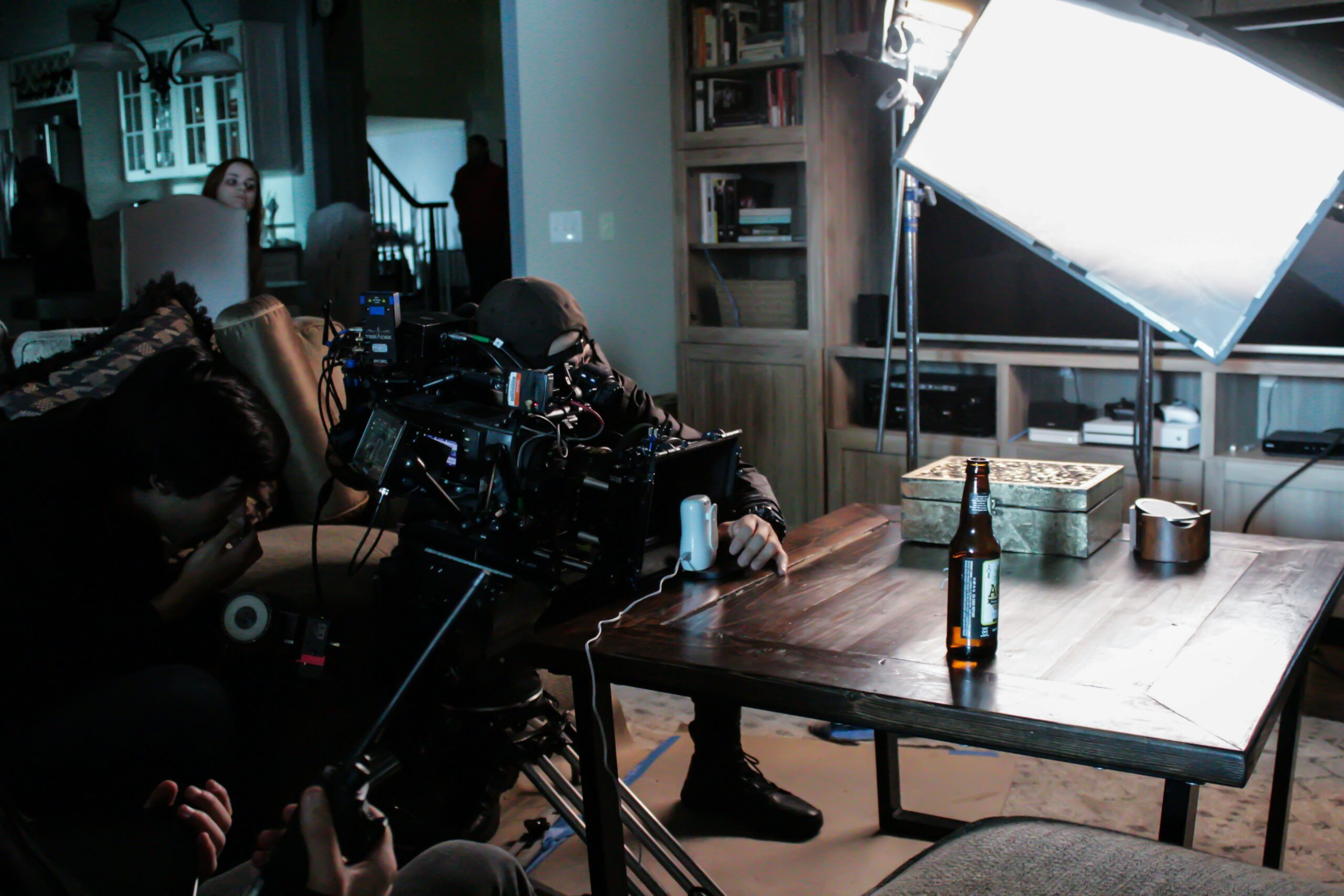
Inspiring Multiple Viewings
One of the most thrilling outcomes of using non-linear storytelling or an unreliable narrator is that it almost guarantees multiple viewings. After the initial shock of a plot twist or revelation, audiences will want to go back and watch it again with fresh eyes.
On subsequent viewings, subtle details take on new significance:
- Foreshadowing that seemed unimportant the first time now feels like a clear signal of things to come.
- Visual cues and background elements suddenly have deeper meaning once the full story is revealed.
- Dialogue that seemed innocuous on the surface carries hidden layers, especially when the audience knows the real truth behind the events.
This rewatchability turns a one-time experience into a deep dive, extending the life of the content and deepening the audience’s engagement with the story.
Fueling Fan Theories
The complexity of these narrative techniques provides fertile ground for fan theories. As viewers dissect every scene, line of dialogue, and visual detail, they uncover hidden meanings or clues to possible future developments. This builds a vibrant community of theorists, eagerly sharing their findings online and keeping the conversation alive between episodes, seasons, or releases.
Fan theories don’t just enhance engagement—they turn a show, movie, or game into a cultural phenomenon. From Reddit threads to YouTube breakdowns, these discussions can create buzz that outlives the story itself, pushing creators to up their game and sometimes even influencing the direction of future installments.
The Challenge of Balance
While non-linear storytelling and unreliable narration can enrich a story, they also come with significant challenges for creators:
- Maintaining coherence: As complex as these narratives can be, the story must still make sense when all the pieces are in place. Otherwise, audiences may feel lost or cheated.
- Avoiding frustration: There’s a delicate line between an engaging puzzle and a confusing mess. Viewers want to be challenged, not completely baffled.
- Satisfying payoff: After leading the audience through intricate twists and turns, the resolution must be worth the effort. A weak or unsatisfying conclusion can tarnish the entire experience.
Creators who successfully navigate these challenges build trust with their audiences, ensuring that each twist, turn, and misdirection lands with the intended impact.
Examples in Action
Several standout examples of non-linear storytelling and unreliable narrators demonstrate the power of these techniques:
- “Westworld”: This series masterfully intertwines multiple timelines, making viewers question the nature of reality while unraveling the mysteries of its complex world.
- “Fight Club”: The film’s iconic use of an unreliable narrator not only delivers a jaw-dropping plot twist but also invites audiences to reconsider every moment that came before.
- “Dark”: The German sci-fi series takes non-linear storytelling to new heights, weaving together multiple timelines and generations to create a labyrinthine narrative that rewards careful, attentive viewers.
Beyond the Screen
Non-linear storytelling and unreliable narration aren’t limited to film and television. Podcasts like “Serial” play with time and perspective to keep listeners on edge, while video games like “The Last of Us Part II” use narrative misdirection to provoke emotional and intellectual reactions from players. In the interactive storytelling space, these techniques can go even further, allowing the audience to influence how events unfold, adding a personal dimension to the mystery.
Transforming Passive Viewers into Active Participants
At the heart of these techniques is a simple but powerful idea: the audience becomes a part of the story. Whether they’re trying to unravel a non-linear narrative or questioning the trustworthiness of a narrator, viewers aren’t just watching—they’re actively engaged, piecing together the truth alongside the characters.
By using non-linear storytelling and unreliable narrators, creators can offer audiences a more interactive, immersive experience. These techniques transform the story into a multi-layered puzzle, keeping fans coming back for more as they delve deeper into the twists and turns of a narrative that challenges them at every step.
In the end, the true reward for audiences is the thrill of discovery—a narrative experience where they don’t just watch, but also question, theorize, and uncover, leaving them fully engaged in the story long after the screen fades to black.
Advice
How AI Is Forcing Everyone Into the Entrepreneur Game

Remember when having an ordinary job felt safe? Those days are over. The arrival of artificial intelligence isn’t just automating tasks—it’s blowing up the very idea of job security and ushering in an era where adaptability and entrepreneurship aren’t optional, they’re survival skills. Welcome to the new game. Average is automated, and now, everyone needs to think—and act—like an entrepreneur.

AI Isn’t Coming—It’s Already Here (And It’s Taking Jobs)
It’s not sci-fi anymore. By 2025, AI and automation are expected to displace as many as 85 million jobs worldwide, from customer service roles to entry-level tech positions, with 13.7% of U.S. workers already reporting being replaced by robots or AI-driven systems. Young people are especially hard-hit: tech unemployment among 20- to 30-year-olds has jumped 3% this year alone in AI-exposed roles. And the impact isn’t slowing down. Analysts say up to 60% of jobs in advanced economies could see tasks automated in the near future, with 30% of workers fearing outright replacement.
Why Average Isn’t Enough Anymore
The old industrial world ran on “the bell curve”—reliably rewarding the middle. If you were competent, you were comfortable. But in the digital age, AI is programmed to do average things perfectly and instantly. Now, the top 10%—the specialists, the creators, the difference-makers—snap up 90% of the rewards, while the rest get left behind.

Enter: The Entrepreneur Game
Here’s the twist: being entrepreneurial isn’t just about starting a business. It’s about building a personal brand, mastering a specialty, and continually learning or creating something valuable that AI can’t easily duplicate. Tech isn’t killing opportunity—it’s changing what it looks like.
- 20 million Americans now expect to retrain for new, more creative or tech-forward careers in the next three years.
- The fastest-growing “jobs” are digital and entrepreneurial: creators, consultants, coaches, prompt engineers, content strategists, AI-human collaboration experts, and niche community builders.
- Nearly half of companies that adopted AI are now automating roles, but they’re also creating demand for new skills and products almost overnight—a perfect playground for entrepreneurial thinking.
Survival Guide: How to Play (and Win) the New Game
- Pick Your Niche: Get laser-specific. Being “good at business” is out. Being the best at “helping consultants automate YouTube marketing with AI tools” is in—and global.
- Build Digital Assets: Write, film, code, design, research—create things that can scale, sell, and build your brand, wherever you are.
- Stay Adaptable: Reskill, upskill, and don’t be afraid to jump into new industries. Today’s winners are the ones who can pivot quickly and ride the next wave, not cling to what worked last year.
- Own Your Audience: Whether it’s a newsletter following, a YouTube channel, or a private Slack group, your future depends on connecting with people who value what you do—AI can’t compete with real, human influence.

Bottom Line
AI didn’t just move the goalposts—it changed the field. Being “average” is now a risk, not a guarantee. The winners in this new economy aren’t waiting for work to come to them—they’re proactively creating, collaborating, and cashing in on the skills, products, and experiences AI can’t touch. The entrepreneur game isn’t just for founders anymore. Ready or not, it’s for everyone.
Advice
How to Make Your Indie Film Pay Off Without Losing Half to Distributors

Making an independent film is often a labor of love that can take years, countless hours, energy, and a significant financial investment. Yet, for many indie filmmakers, the hardest part is recouping that investment and making money once the film is finished. A common pitfall is losing a large portion of revenue—often half or more—to sales agents, distributors, and marketing expenses. However, with the right knowledge, strategy, and effort, indie filmmakers can maximize their film’s earnings without giving away so much control or profit.

Here is a comprehensive guide to keeping more of your film’s revenue and ensuring your film gets the audience and financial return it deserves.
Understanding the Distribution Landscape
Most indie filmmakers traditionally rely on sales agents and distributors to get their films to audiences. Sales agents typically take 15-20%, and distributors can take another 20-35%, easily cutting your revenue share by half right from the start. Additionally, marketing costs that may be deducted can range from a few thousand to upwards of $15,000, further eating into profits. The accounting is often opaque, making it difficult to know how much you truly earned.
Distributors nowadays tend to focus on worldwide rights deals and use aggregators to place films on streaming platforms like Amazon, Apple TV, and Tubi. These deals often do not fetch the best revenue for most indie filmmakers. Many distributors also do limited outreach, reaching only a small number of potential buyers, which can limit the sales opportunities for your film.
Becoming Your Own Sales Agent
One of the most important shifts indie filmmakers must make today is to become their own sales agents. Instead of relying entirely on intermediaries, you should learn the art and business of distribution:
- Research and build an extensive list of distributors worldwide. Top filmmakers have compiled lists of hundreds of distributors by country and genre. Going wide increases your chances of multiple revenue deals.
- Send personalized pitches to hundreds of distributors, showcasing your finished film, cast details (including social media following), genre, logline, and trailer. Ask if they want to see the full feature.
- Don’t settle for a single distributor or a big-name company that may not prioritize your film. Instead, aim for multiple minimum guarantees (MGs) from niche distributors in individual territories like Germany, Japan, and the UK.
- Maintain transparent communication and track every outreach effort carefully.

Pitching and Marketing Tips
When pitching your film:
- Highlight key genre elements and target audience since distributors are often risk-averse and look for specific film types.
- Include social media metrics or fanbase counts, which can make your film more attractive.
- Provide a strong one-minute trailer and a concise logline.
- Be prepared for rejections; even a 5% positive response rate is success.
Marketing is also crucial and can’t be left solely to distributors. Understanding and managing your marketing efforts—or at least closely overseeing budgets and strategies—ensures your film stands out and reaches viewers directly.
Self-Distribution and Hybrid Models
If traditional distribution offers no appealing deals, self-distribution can be a viable option:
- Platforms like Vimeo On Demand, Amazon Prime Direct, and YouTube allow you to upload, price, and market your film directly to audiences while retaining full creative and revenue control.
- Aggregators like Filmhub and Quiver help place self-distributed films on multiple streaming services, often for a reasonable fee or revenue share.
- The hybrid distribution model combines some traditional distribution deals with self-distribution, maximizing revenue streams, audience reach, and control over your film’s destiny.
Takeaway: Be Proactive and Entrepreneurial
The indie filmmaking world is now as much about entrepreneurship as artistry. Knowing distribution essentials, taking ownership of your sales process, and actively marketing your film are no longer optional—they are key for financial success.
By investing time in outreach, exploring multiple territories, securing minimum guarantees, and considering hybrid or self-distribution approaches, indie filmmakers can keep more of their earnings, increase their film’s audience, and avoid being sidelined by opaque deals and slim returns.
The days of handing your film over to a distributor and hoping for the best are gone. The winning formula today is to be your own sales agent, marketer, and advocate—empowered to make your indie film pay off.
Advice
How to Absorb Books 3x Faster in 7 Days

Reading is one of the most powerful skills you can develop — but most people read far slower than they could, spend time on information that doesn’t matter, and then forget what they read a week later. The Triforce Method changes that. It’s a three-part strategy that helps you increase your reading speed, focus on the most important details, and actually remember and use what you’ve learned.

Strategy 1: Increase Your Baseline Reading Speed
The first step is to read faster — but not by rushing. Instead, you’ll train your brain and eyes to process information more efficiently.
1. Remove Your Internal Monologue
Most people “hear” the words in their head when reading. This subvocalization caps your speed to that of normal speech — about 200–250 words per minute. To double your speed, you need to see the words, not hear them.

Think about a stop sign — you don’t sound out “STOP” in your head; you just recognize it instantly. You can train this with tools like Spreeder (free, not sponsored), which flashes text at higher speeds and groups words together. This forces your brain to process visually rather than subvocally.
With practice, this feels natural — the author of this method went from 250 wpm to over 500 wpm in just a short time.
2. Use a Visual Tracker
Your eyes aren’t naturally smooth when moving across text — small jerks and backtracking slow you down. Try this:
- Look at your screen and move your eyes from left to right. Notice the small jitters.
- Now put your finger or a pen in front of you and track it smoothly. Immediately, your motion is more consistent.
A tracker (your finger, a pen, or even a cursor) keeps your eyes moving forward, prevents regression, and lets you maintain speed. Over time, increase your tracking speed. This alone can add another 100+ words per minute to your pace.
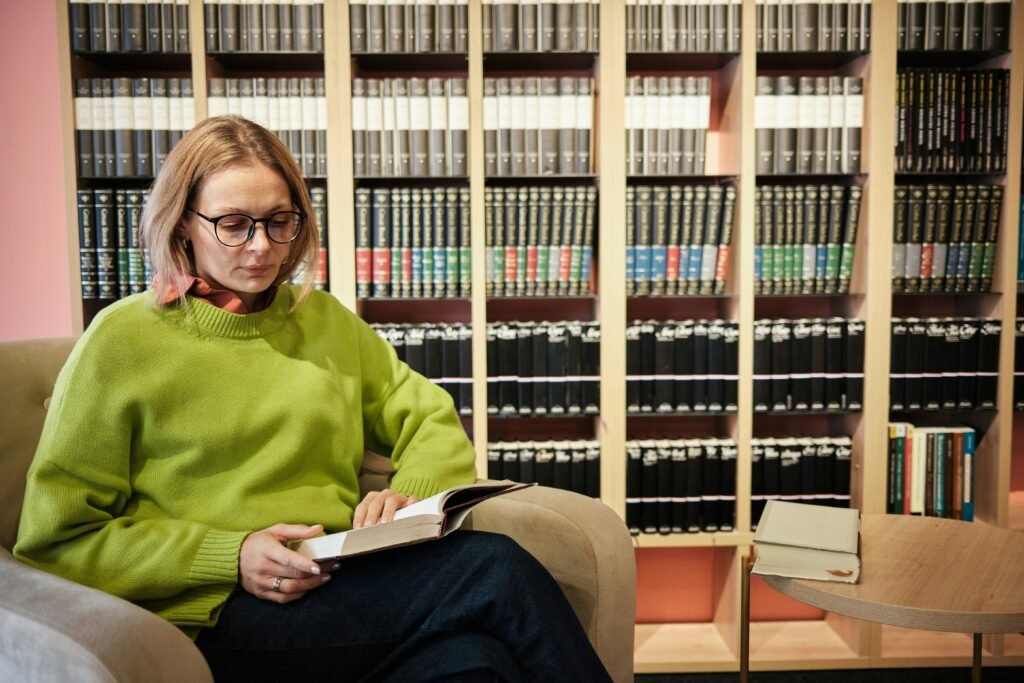
Strategy 2: Have a Reading Strategy
Speed means nothing if you waste time on unimportant details. The second step is knowing when to read fast and when to slow down — especially for non-fiction.
The 80/20 Rule
In most non-fiction books, 80% of the value comes from 20% of the content. The rest is often filler, examples, or repetition.
For example, in Atomic Habits, the core lessons are surrounded by stories and case studies. Using the Triforce Method:
- Read most sections quickly (internal monologue removed, visual tracker engaged).
- When you hit a “golden nugget” of advice, slow down, think about it, and absorb it.
The key here: adapt your speed based on content. Reading 700 wpm during a key concept will reduce comprehension — so drop to 500 wpm or less when it matters.
Avoid “highlighting every sentence” syndrome. Focus on what really moves the needle.
Strategy 3: Summarise and Consolidate
Reading faster and smarter means nothing if you immediately forget what you’ve read. The third pillar of the Triforce Method is about retention and application.
Summarising
After each page, summarise it in 1–2 sentences in your own words. Even “nothing important happened here” counts. This habit forces your brain to engage with the material and improves comprehension.
Consolidating
Especially for non-fiction, you must take action on what you read. Learning is about changing behavior, not just collecting ideas.
Example: After reading about habit tracking in Atomic Habits, actually start tracking your habits that day — don’t just file the advice away for “someday.” The author of this method even paused reading for 24 hours to implement changes before continuing.
If you don’t change anything after reading, you haven’t truly learned.

When to Use This Method
- Learning-focused reading: Non-fiction, textbooks, technical guides, exam prep — anytime speed, focus, and retention matter.
- Enjoyment reading: Fiction, poetry, or literature may not require all these techniques — unless you want to increase speed intentionally.
The Bottom Line
The Triforce Method combines:
- Speed – Removing subvocalization + using a visual tracker.
- Strategy – Applying the 80/20 rule and adapting your pace.
- Retention – Summarising and acting on what you read.
With consistent practice, you can double your reading speed, focus only on what matters, and actually remember and use the information.
If you’d like, I can also make a condensed, visually appealing infographic summarizing the three strategies in the Triforce Method so it’s easier to refer back to.
Do you want me to prepare that next?

